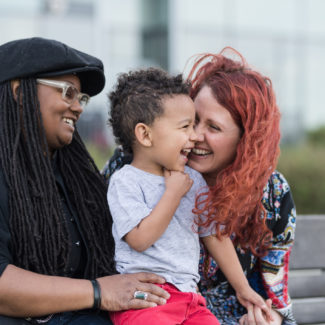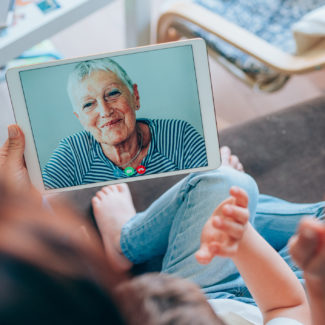Have you found yourself at the beginning of a new year with good intentions and hefty resolutions, but ended up falling off track? We’ve all been there! Although it can seem discouraging, it is possible to make changes for the better. By having a growth mindset, you know that with time and effort you can stay on track with your goals and grow mentally and emotionally. Use these simple affirmations to start 2021 off confidently.
I failed vs. I learn from my mistakes. When we change the narrative from failure to growth, we’re more receptive to learning from our mistakes rather than fearing making them in the first place.
I can do it alone vs. I ask for help when I need it. There is a difference between independence and being self-sufficient and knowing when you need support. The key is learning when and to whom you should ask for help.
I’m not as good/successful/purposeful as they are vs. I focus on my own progress. Comparison has its place, but it can also be very dangerous to your mental health and your personal growth. When you focus on your progress, you learn more about yourself and what you need and want in your journey.
I’m not smart enough for that vs. I can do hard things. Strong, confident, and mentally healthy people know that a challenge can be a good thing. When you overcome difficult situations, you become more confident and resilient—and ready for the next challenge.
I’ll never understand it vs. I haven’t figured it out yet. When we have limiting thoughts, we are indeed limiting ourselves. It’s okay if something is taking you time to figure out or work through. Life is full of those situations! Giving yourself the empathy and understanding that certain things take time to work through will be beneficial in your growth.
I’m just not meant for this vs. I am on the right track. When you focus on yourself, learn from mistakes, and give yourself time to work through things, you’ll come to know yourself better on a deeper level. Your intuition is powerful and can guide you through many of life’s uncertainties especially if you’re equipped to learn to listen to it. It’s just as important to realize when you’re not on the right track and to change course until you know that you are.
It’s important to recognize that the way you communicate with yourself is just as important as the rest of your emotional and mental health. With societal pressures, family pressures, and internal pressures, it’s crucial that we heal the relationship we have with ourselves in order for us to truly progress and thrive.
Sign Up To Receive Our Latest Blog Posts!
Learn more tips on living well and understanding mental illness. Help to end the stigma, and hear inspiring stories of recovery. Sign up here!









